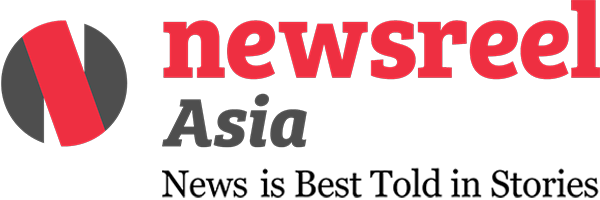A 10-Year Report Card on Inflation in India
‘Financial Accountability Network - India’ Analyses Price Rise and Its Impact
Newsreel Asia Insight #188
April 11, 2024
The Bharatiya Janata Party (BJP) in its 2014 election manifesto highlighted the issue of high inflation under the previous Congress-led United Progressive Alliance (UPA) government and promised to control it. The manifesto critiqued the UPA’s approach and promised corrective actions. However, the subsequent 2019 BJP manifesto did not even mention inflation, suggesting a possible reprioritisation of this issue despite earlier commitments.
The increase in LPG prices from 905 rupees to 1,103 rupees (22%) over a decade contradicts the promise of controlling inflation, highlighting a gap between political promises and economic outcomes, says the report card by the Financial Accountability Network – India, which described itself as “a collective to raise the issues of accountability and transparency of the national financial institutions and economic policies.”
India experienced high food inflation at 9.5% in December 2023, contrasting with global trends where food inflation was negative, it points out. This persistent inflation increases the economic strain on households, especially given that food constitutes a significant portion of the average consumer’s budget in India. The continuous breach of RBI’s inflation tolerance band highlights systemic issues contributing to inflationary pressures, impacting the economy's overall health and consumer purchasing power.
Further, the GDP implicit deflator saw a marked increase from 2.4% in 2019 to 8.2% in 2022, the report says. The GDP implicit deflator is an economic measure that reflects the changes in prices for all of the goods and services produced in an economy. Unlike specific inflation measures like the Consumer Price Index (CPI), which tracks the cost of a basket of goods and services over time, the GDP implicit deflator captures price changes across the entire economy, making it a broader measure of inflation. The increase to 8.2% indicates that India’s inflation rate is higher than that of many other economies.
The marked rise in the GDP implicit deflator suggests that the inflation is not just due to transient factors (like supply chain disruptions or temporary demand spikes) but may be rooted in deeper structural issues within the Indian economy. Structural challenges could include inefficiencies in the supply chain, labour market rigidities or regulatory constraints that affect the economy’s ability to produce goods and services efficiently.
The report also notes that the central government raised excise duty on petrol and diesel as a fiscal strategy to compensate for the revenue shortfall from reduced corporate tax rates (from 30% to 22%). This policy led to higher fuel prices, contributing to inflation. The significant increase in excise duty from 2019 to 2021, and the resultant high fuel prices, has been criticised for intensifying the inflationary burden on the populace rather than mitigating it.
Wages for construction and agricultural workers in rural India showed minimal increases, 10.5% and 12% respectively, not commensurate with the rise in essential living costs, particularly food (a from April 2021 to March 2023, the cost of cereals increased by 22%) and fuel. This wage stagnation amid rising costs has worsened the living crisis, especially for lower-income groups, underscoring the mismatch between income growth and inflation.
While the Consumer Confidence Index remained stable, the significant rise in concerns about inflation and job security among Indians reflects growing economic instability and uncertainty. The fears of layoffs and rising living costs are becoming more prevalent, affecting the economic sentiment and future outlook of the population.
The critique of the government’s reliance on monetary policy, specifically increasing the “repo rate” to combat inflation, points to the limited effectiveness of such measures in addressing food price-driven inflation. The repo rate is the rate at which the Reserve Bank of India lends money to commercial banks. When the repo rate is increased, borrowing money becomes more expensive for banks, which in turn makes loans more expensive for consumers and businesses. This approach affects loan affordability but does not directly address the root causes of food inflation, which significantly impacts the poorer sections of society.
The report suggests that market power concentration among a few large business groups has led to high core inflation. These groups, having significant control over market prices, contribute to inflationary pressures. The economic strategies of demonetisation, Goods and Services Tax (GST) implementation and pandemic lockdowns hurt small businesses and the unorganised sector, further entrenching the market dominance of larger players and affecting the overall economic equity and price stability.

